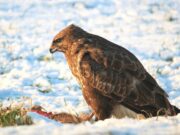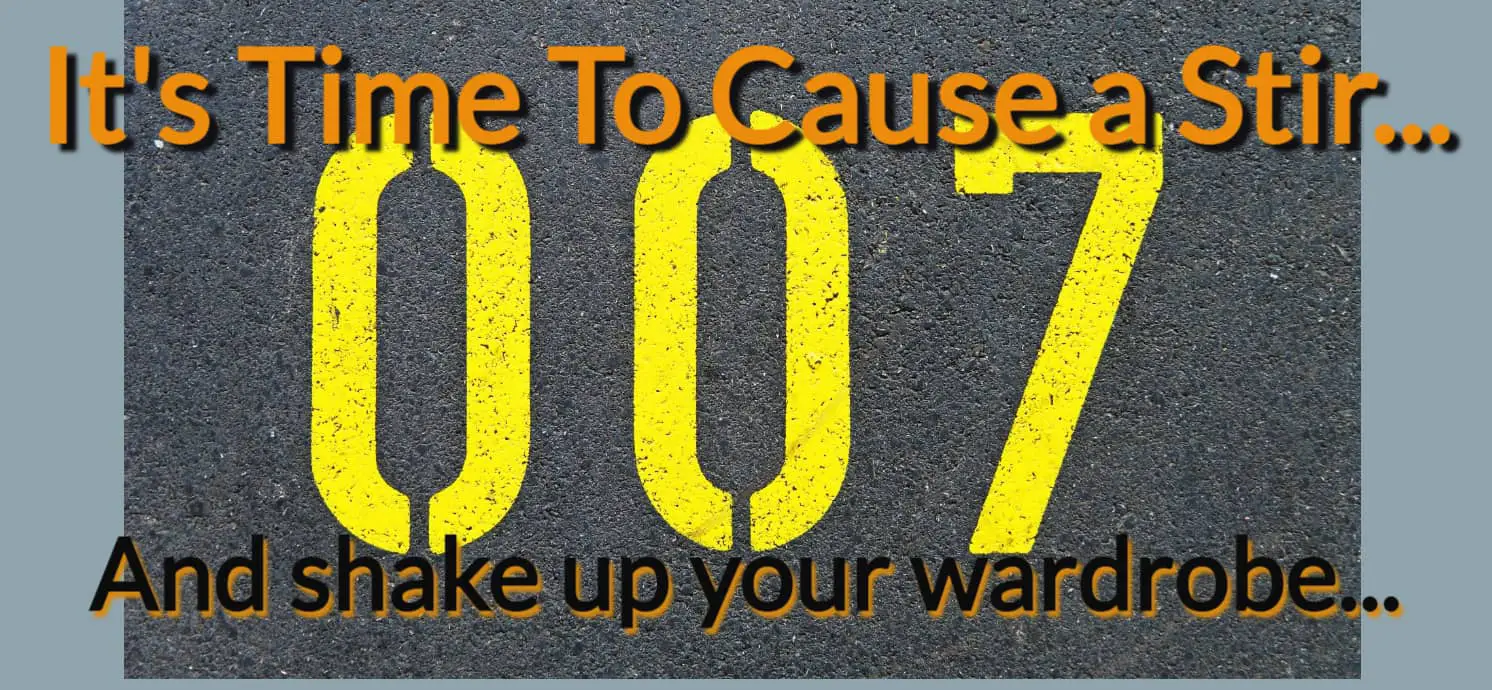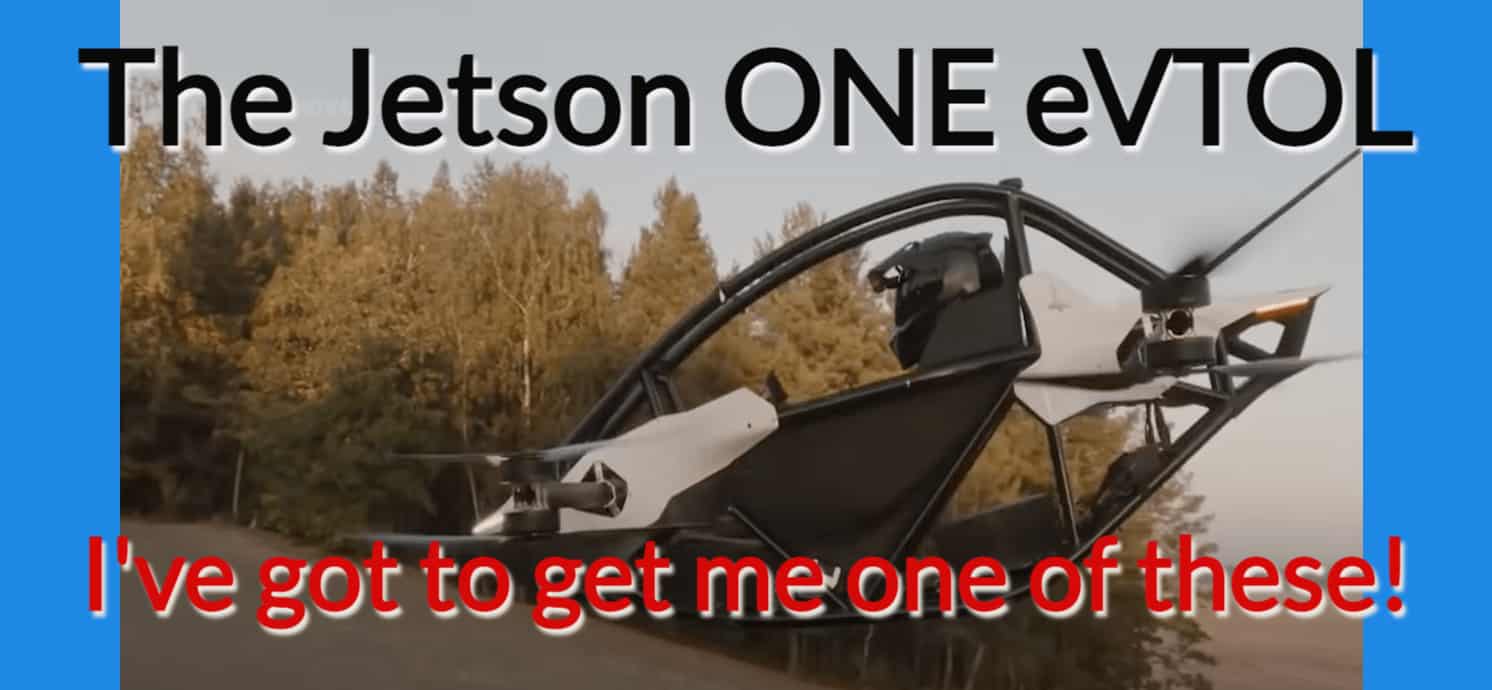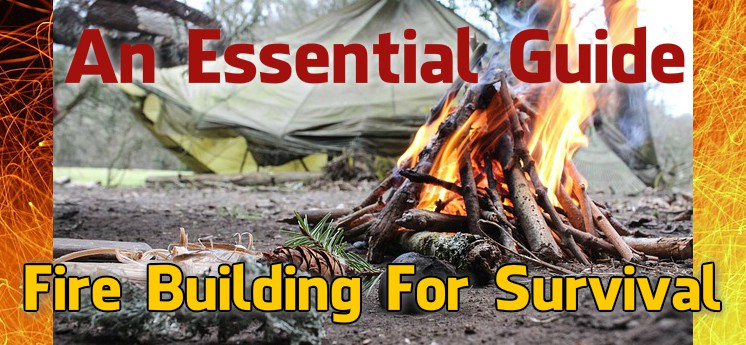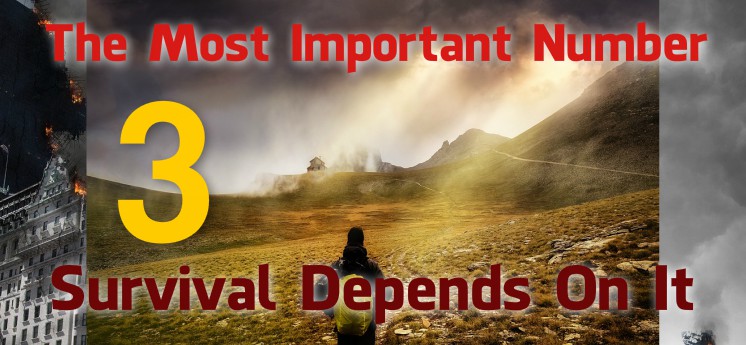If you are looking to experience one of hunting’s biggest thrills, then it’s time to man up and head to the hills for some predator hunting. When you are not busy hunting small game, waterfowl, bird, or big-game, raise your hunting game and gear up to start hunting coyotes, wolves, fox, hogs, and other predators.
Setting up with visibility, minimizing movement, and blowing on the right predator call are the easy basics for predator hunting, but there are many more details a hunter should focus on in order to find success.
It’s likely that your gear will need an upgrade. Predator hunting gear is more specialized. You can have a look at the what you might need here at the predator hunting outdoors store
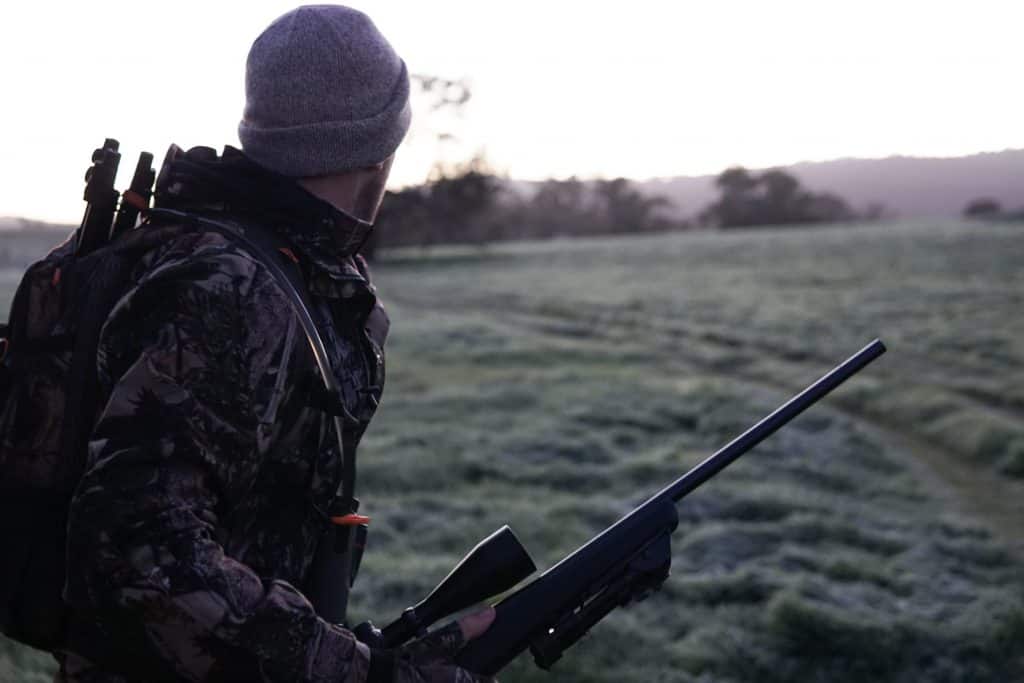
Here are ten valuable tips to know when predator hunting.
- Hunt With a Partner
Two sets of eyes are always better than one. Predators notice movement easily, and a hunter that is alone will not be able to cover 360 degrees without movement. Also, one hunter can carry a rifle, while the other carries a shotgun, giving them the opportunity to shoot from any range.
- Use Multiple Calls
You will want to carry several different calls, using the loudest for predators farthest away and something with less volume as they move closer. Using a call that is loud and squawky will gain the attention of a coyote, and as he moves closer use a mouse squeaker to coax the coyote the rest of the way until it is close enough for the shot.
- Be Aware of the Wind
Coyotes pay attention to the wind, making it a crucial step for successfully hunting the predator. You will want to set up with the wind blowing your scent away from where you plan on finding the predator. If possible, you want the wind blowing directly in your face to keep your presence hidden from the coyote.
- Stay Elevated
By using trees, hills, rock piles, and anything else that will give you elevation, you have the upper hand on finding the predator. You will be able to spot the predator quicker without them noticing you as easily. Try to use camouflage to blend in with your surroundings to add a degree of difficulty for the predator to spot you. Staying elevated also gives you the added benefit of creating a safer shot.
- Decoys Compliment your Calls
The decoys act as a closer to your calls. A coyote may pick up on the call noticing that it is you, but a decoy will help the predator moving towards the call. You can use an expensive life-like decoy, or even your kid’s stuffed animal will suffice in many conditions.
- Make Sure You Choose Ideal Weather Conditions
Predators are slow to move during intense heat, rainy days, heavy snow, and all other major weather conditions. Predators will quickly move right after these conditions to make up for lost time, creating perfect hunting conditions for you. Clear days after rain, sunny days after snowfall, and moderate temperatures produce higher hunting activity that any hunter should capitalize on.
- Hold Steady
It is important to be steady with your shooting while hunting predators. Some are quick and will cause you to miss your shot. Set up shooting sticks for a shotgun or rifle to help your aim be more precise.
- Be On the Lookout After the Shot
Even though you may have shot one animal, you may not be seeing the second one coming from a different angle. The weather or land may deaden the sound of the shot. Continue using your call for at least another five minutes after the shot was made.
- Check Tracks Near Waterways
The waterways serve as natural travel ways, and they are hot spots for predators to hunt. Many predators feed on prey animals that are found near the waterways. Fresh tracks or scat found near the water can help you determine how close a predator may be.
- Be Patient
Like many other things in life, patience is the key to predator hunting success. Many predators respond to calls quickly, but sometimes they may take their time. Keep calling for about 20 minutes before deciding to move on.








